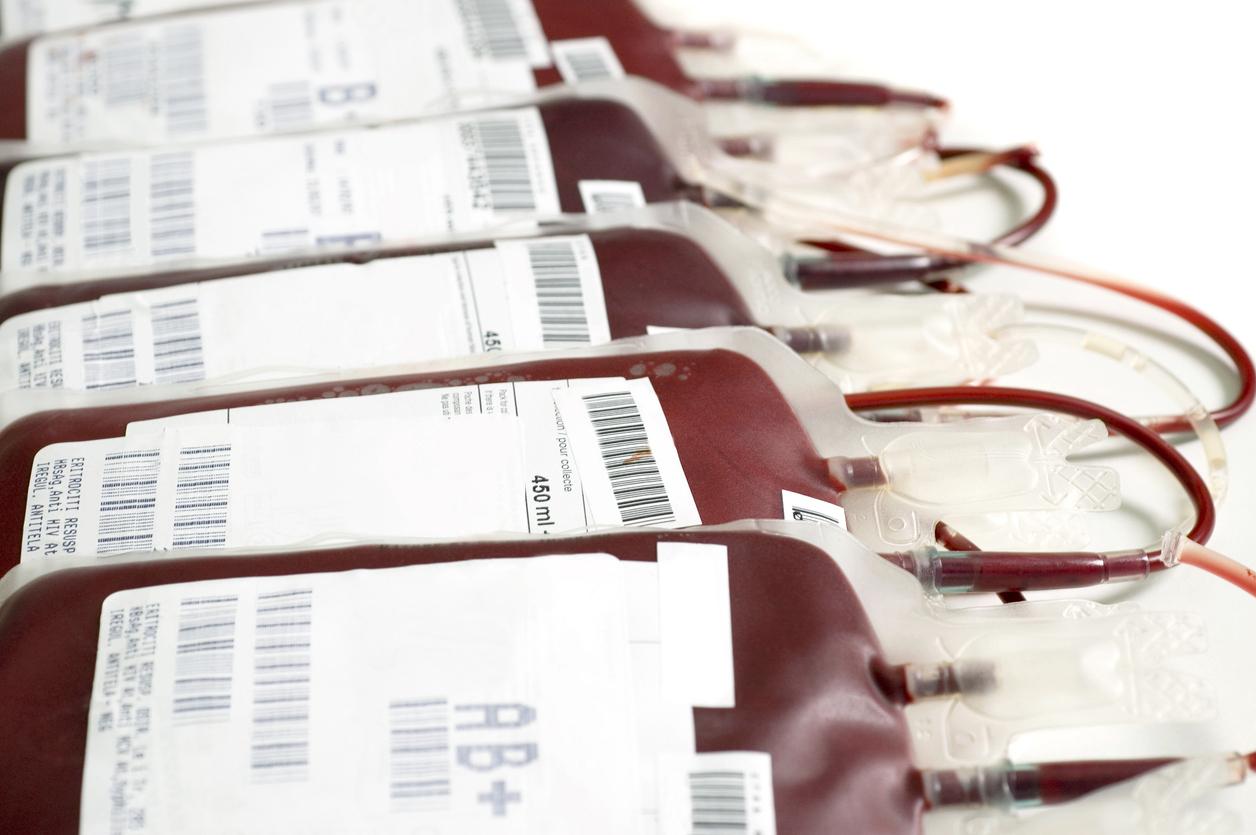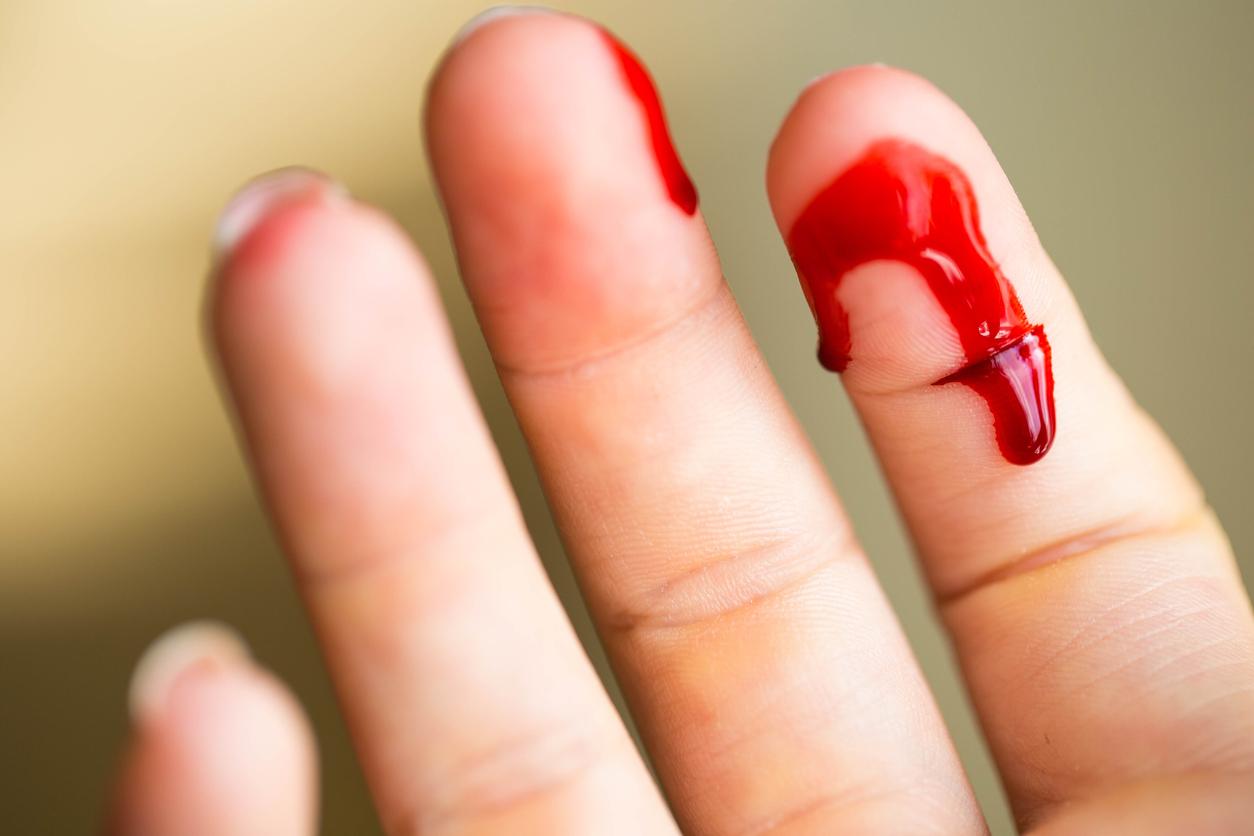
Your body’s transport system
The blood crawls where it can’t go. A beautiful proverb, but also a truth like a cow. But what does all that blood actually do? How much do we have? And what about blue blood? You can read that here.
Blood is our body’s transport system. It constantly flows through our bodies to deliver oxygen, nutrients and other substances to tissues and to dispose of waste products again. In addition, blood provides defense against invaders, clotting of blood during injuries and regulation of body temperature.
Pumping around
An adult human has five to six liters of blood in his body. This is pumped around by the heart in a system of arteries, veins and capillaries. At rest, the blood circulates through our body in about a minute, with heavy exertion this takes twenty seconds.
So the heart pumps about 6 liters of blood per minute. The left side of the heart ensures that oxygenated blood is pumped throughout the body. The right hemisphere is responsible for the deoxygenated blood to reach the lungs.
Arteries and Veins
The largest artery in the body, the aorta, arises from the left ventricle. All other arteries (arteries) branch off from it, or are still further branches. These smaller branches are called arterioles and they turn into the smallest vessels: the capillaries.
The capillaries turn into venules. These are the smallest veins and from the venules the blood is pumped back into the right half of the heart via the veins and the superior or inferior vena cava.
Red colour
The color of blood is determined by hemoglobin. Oxygenated blood is bright red, deoxygenated blood is dark red. Because veins lie under several layers of tissue, the blood appears darker. This allows veins to shine through the skin rather than red, but blue.
This is also where the term ‘blue blood’ comes from. In the past, the nobility did not work on the land and therefore had pale skin. Dark veins were therefore clearly visible. In the common people, the skin was darker from working in the sun, so that veins were not clearly visible.
Sources):














